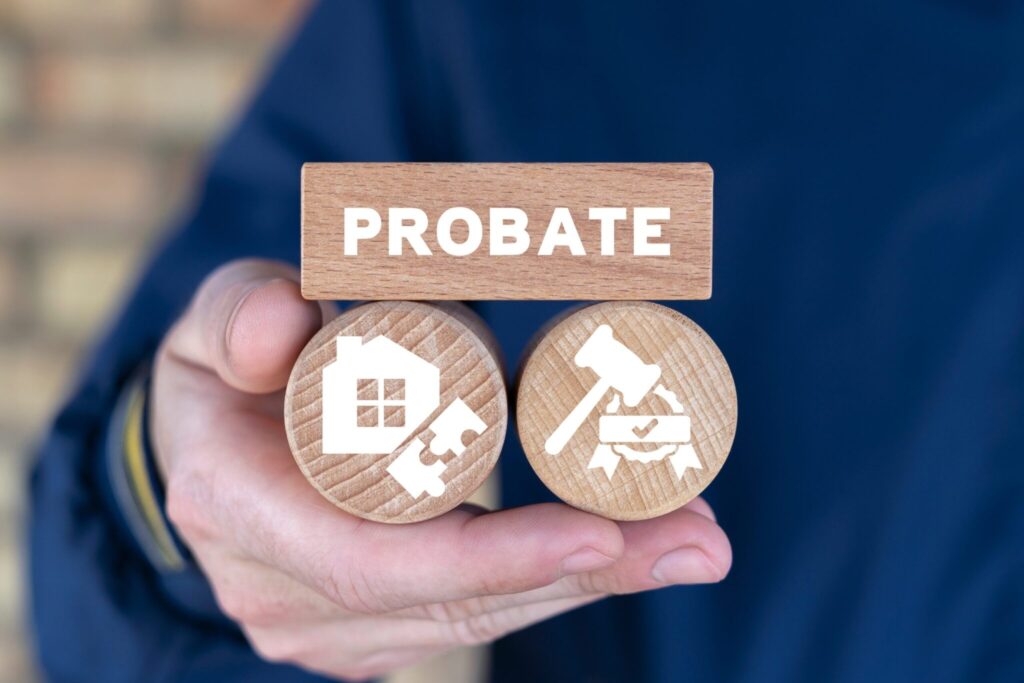If you’re wondering how to file probate court documents, you’re not alone. This process can feel like a mix of legal jargon, courtroom etiquette, and strict deadlines—all during a time of grief and emotional upheaval. The truth is, filing probate court documents successfully is less about having a legal background and more about understanding the process, organizing your paperwork, and knowing what the court expects from you.
In this detailed, easy-to-follow guide, we’ll walk you through how to file probate court documents successfully, using real-life examples, practical tips, and a human-centered approach that doesn’t drown you in legalese. From the first form to the final filing, you’ll understand what goes where, how to avoid common mistakes, and how to make the probate process smoother for you and your family.

What Is Probate and Why Does It Matter?
The Legal Transfer of Legacy
Probate is the legal process that takes place after someone passes away. Its main purpose is to:
- Validate the deceased person’s will (if there is one)
- Appoint a legal representative (executor or administrator)
- Pay debts and taxes
- Distribute the remaining assets to rightful heirs
So, when we talk about how to file probate court documents, we’re talking about filing the right paperwork at the right time to move this entire legal process forward.
If you’re the executor named in the will or an heir stepping up in the absence of one, filing probate documents is your first real step into handling the estate.
First Things First: Gather What You Need
Before You Touch a Court Form
Before you fill out even a single document, take time to gather everything you’ll need. This not only helps avoid delays but makes each step more manageable.
Here’s a checklist of essentials:
- Original death certificate (multiple certified copies)
- Original last will and testament (if one exists)
- Names and contact info of all heirs and beneficiaries
- List of known assets and debts
- Identification and proof of your relationship to the deceased
Many people delay filing because they feel unprepared. But the truth is, organizing upfront gives you a huge advantage when you begin learning how to file probate court documents successfully.
Step One: Filing the Petition to Open Probate
Where the Paper Trail Begins
The first document you’ll usually need to file is a petition to open probate. This kicks off the official process and asks the court to recognize you as the personal representative of the estate.
Depending on your state, this form may have a slightly different name, but it usually includes:
- The name and date of death of the deceased
- Your name and relationship to the deceased
- Whether or not there is a will
- An initial list of known assets
- A request to be appointed executor or administrator
Some courts also require you to file a Notice of Petition to alert other interested parties. Understanding these first filings is essential in mastering how to file probate court documents successfully—because this petition sets everything else in motion.
Step Two: Filing the Will and Death Certificate
Legal Proof of Authority
If there is a will, you must file the original copy with the probate court—photocopies won’t cut it. Attach it to the petition to open probate, along with a certified copy of the death certificate.
Why does this matter?
Because the will names the executor, outlines how assets are to be divided, and may include funeral instructions. And the death certificate confirms that the probate process is legally ready to begin.

Failing to include these can cause the court to reject your petition or delay hearings, making your journey through how to file probate court documents successfully longer and more stressful than necessary.
Step Three: Notice to Heirs and Creditors
Legal Transparency in Action
One major part of the probate process is giving everyone who might have a claim to the estate a fair chance to speak up. That’s where the Notice of Probate or Notice to Creditors comes in.
After your petition is filed and accepted, the court usually requires that you:
- Notify all heirs and beneficiaries in writing
- Publish a legal notice in a local newspaper
- Allow creditors a set window to file claims
In many states, the deadline for creditors to submit claims ranges from 30 to 120 days. Keeping track of dates and responses is key when learning how to file probate court documents successfully, because missing a deadline can invalidate part of the probate.
Step Four: Inventory and Appraisal Forms
What’s in the Estate?
Once you’ve been officially appointed executor or administrator, your next task is to document and value all the assets in the estate. This is done by filing an inventory and sometimes a valuation or appraisal report.
This includes:
- Real estate
- Bank accounts
- Personal property (vehicles, jewelry, collectibles)
- Investment accounts
- Business ownership
In some states, you’ll also have to file a Verified Statement of Assets within a specific number of days after being appointed. Accuracy here is everything. Mistakes in valuation can lead to tax issues or disputes later on, derailing your plan to file probate court documents successfully.
Step Five: Paying Debts and Filing Tax Returns
The Money Goes Out Before It Comes In
Before any heirs get their inheritance, you must ensure the estate’s debts and taxes are settled. This includes:
- Credit card bills
- Final utility payments
- Outstanding medical expenses
- Personal loans
- IRS or state income taxes
In some cases, you’ll need to file a final income tax return on behalf of the deceased, and potentially an estate tax return, depending on the value of the estate.
Although these filings aren’t always made directly to the probate court, they must be documented and disclosed. Keeping receipts, proof of payment, and filing confirmation is part of how to file probate court documents successfully with a full record trail the court can review if needed.

Step Six: Petitions for Distribution
Dividing What’s Left
After debts and taxes are paid, you can begin filing documents to distribute the remaining assets. This involves a Petition for Final Distribution or a Request for Approval of Accounting, depending on your jurisdiction.
These filings should include:
- A detailed record of all income and expenses
- Proof that all debts and taxes were paid
- A proposed plan for distributing the remaining assets
- A signed waiver or consent form from all beneficiaries (if required)
This is where conflicts often arise—someone may feel left out or disagree with the way items are valued. Filing this petition with clarity and documentation is a big part of ensuring your path in how to file probate court documents successfully stays drama-free.
Real-Life Example: Peter’s Probate Experience
Peter lost his father unexpectedly and was named executor in the will. At first, he didn’t know the first thing about probate. He waited weeks before even finding the death certificate and another month to locate the will.
Once he did start filing, he made two common mistakes: he filed a copy of the will instead of the original, and he missed a 30-day deadline to notify creditors. The court rejected his petition, and he had to start over.
But with legal guidance, Peter refiled the correct documents, met his deadlines, and eventually got the estate closed in 10 months. His story shows that filing probate court documents successfully isn’t about being perfect—it’s about being informed and proactive.
What Happens If You File Incorrectly?
Mistakes Can Cost Time and Money
Errors in probate filings can lead to:
- Rejected petitions
- Fines or penalties
- Personal liability as an executor
- Delays in distributing assets
- Increased court supervision
The court is generally not sympathetic to ignorance of the rules. So the best way to avoid missteps when figuring out how to file probate court documents successfully is to double-check everything, keep a timeline, and—if possible—get help from a legal professional or probate advisor.
Tips for Filing Probate Court Documents Like a Pro
Keep It Organized, Timely, and Transparent
If you want to succeed without turning probate into a nightmare, here are a few final tips:
- Use a checklist to track every form and deadline
- File in person when possible to ensure nothing is missing
- Call the court clerk for clarification—they’re often helpful
- Keep copies of everything, including mailing receipts and confirmations
- Communicate with heirs to prevent conflict and confusion

When it comes to how to file probate court documents successfully, transparency and organization are your greatest assets. They’ll keep you on track and protect you from accusations or errors.
Final Thoughts: Why Probate Documents Carry Legal and Emotional Weight
Knowing how to file probate court documents successfully isn’t just a matter of ticking boxes. It’s about honoring someone’s life, managing their legacy, and protecting the people they left behind.
Whether you’re handling a small estate or managing millions, your filings carry legal and emotional weight. With preparation, patience, and clarity, you can navigate probate court confidently—even if you’ve never stepped inside a courtroom before.
Remember, probate isn’t about being perfect—it’s about being informed and responsible. And if you do that, you’re already halfway there.








